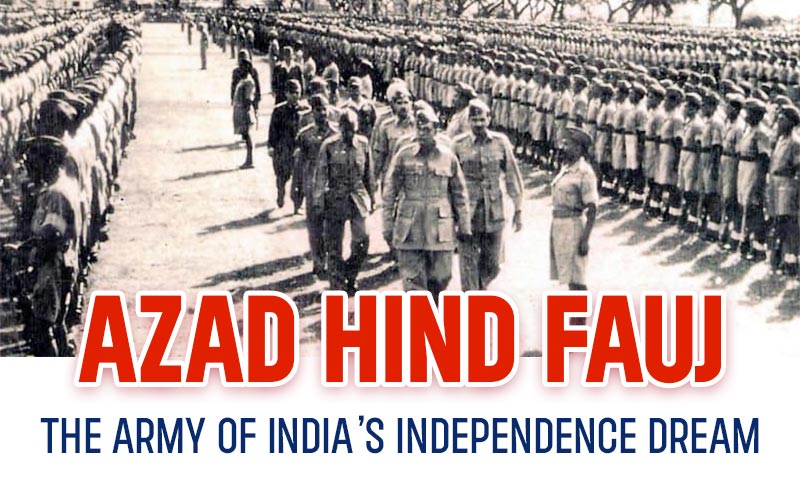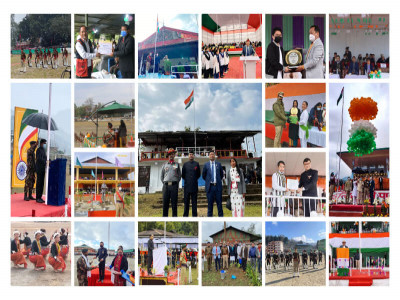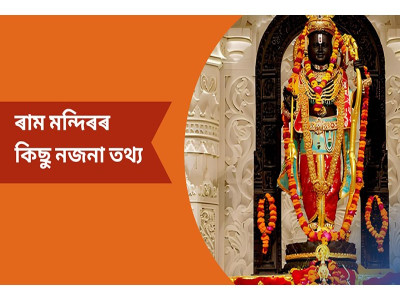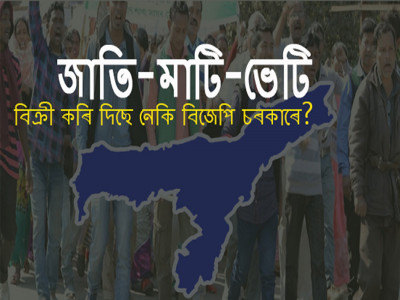
Azad Hind Fauj: The Army of India’s Independence Dream
The Azad Hind Fauj, or the Indian National Army (INA), occupies a place of great pride in India’s freedom struggle. Founded with the aim of securing India’s independence from British rule through armed resistance, the INA represented a bold and revolutionary chapter in the history of India’s liberation movement.
The Genesis of the Idea
The origins of the Azad Hind Fauj trace back to the early years of World War II. When the war broke out in 1939, thousands of Indian soldiers serving in the British Indian Army were captured by Japanese forces in Southeast Asia. Among them was a growing sentiment that India’s independence could not be achieved merely through petitions or political negotiations, but by direct action.
It was Captain Mohan Singh, an officer of the British Indian Army, who first took the initiative to form an armed force from among the Indian prisoners of war (POWs) in Singapore in 1942. His idea was to raise an army that would fight not for the British Crown, but for a free India. This marked the beginning of the Indian National Army.
However, it was the arrival of Netaji Subhas Chandra Bose in 1943 that transformed the INA into a formidable national movement.
Netaji Subhas Chandra Bose and the Rise of the INA
Subhas Chandra Bose, a charismatic nationalist leader who had earlier served as President of the Indian National Congress, believed that freedom could not be won without force. After his escape from India in 1941, he reached Germany and later traveled to Japan-controlled Southeast Asia, where he took command of the INA.
On July 4, 1943, Bose formally assumed leadership and gave the force its new identity, the Azad Hind Fauj. Under his leadership, the movement gained unprecedented momentum and popular support among Indians in Southeast Asia.
The Provisional Government of Free India (Azad Hind Sarkar)
On October 21, 1943, Bose proclaimed the formation of the Provisional Government of Free India (Arzi Hukumat-e-Azad Hind) in Singapore. This government-in-exile declared war against the British Empire and received recognition from several Axis powers, including Japan, Germany, and Italy.
The Azad Hind Government had its own currency, postage stamps, and even a civil code - symbolizing sovereignty. It also established the Azad Hind Bank to finance its activities.
The Motto, Flag, and Battle Cry
The Azad Hind Fauj was driven by an unyielding spirit of nationalism and unity. Its motto was: “Ittehad, Itmad, Qurbani” - Unity, Faith, Sacrifice.
The flag of the INA was the tricolour of saffron, white, and green, bearing the emblem of a springing tiger, symbolizing courage and the resurgence of India.
Their rallying cry “Chalo Delhi!” inspired thousands to march towards India with the goal of freeing it from colonial rule.
Military Campaigns and Achievements
With Japanese support, the INA launched its military campaign against the British forces in India’s northeast. In March 1944, INA soldiers crossed the Indo-Burma border and hoisted the tricolour in Moirang, Manipur, the first Indian territory to be liberated under the Azad Hind Government.
Though the campaign faced severe logistical challenges, tropical diseases, and a reversal of Japanese fortunes in the war, the INA’s bravery and determination became legendary. Even in defeat, their struggle ignited nationalist sentiments across India.
Women’s Regiment: The Rani of Jhansi Regiment
One of the most remarkable aspects of the Azad Hind Fauj was the inclusion of women in combat roles. The Rani of Jhansi Regiment, led by Captain Lakshmi Sahgal, was the first all-women regiment in Asia to take part in an armed revolutionary movement. These women soldiers embodied the ideals of courage and equality that Netaji envisioned for free India.
The INA Trials and Their Impact
After the war, the British captured many INA officers and soldiers. The infamous INA trials held at the Red Fort in Delhi in 1945-46 became a turning point in India’s freedom struggle. Officers like Shah Nawaz Khan, Prem Kumar Sahgal, and Gurbaksh Singh Dhillon were tried for treason, but widespread public outrage, protests, and political pressure across India turned the tide.
The trials united Indians across religious and regional lines - Hindus, Muslims, and Sikhs alike raised their voices in support of the INA heroes. This wave of national unity deeply unsettled the British establishment and is often credited with accelerating India’s independence.
Legacy of the Azad Hind Fauj
Though the INA did not achieve military victory, its moral and ideological triumph was immense. The movement rekindled the spirit of self-respect, unity, and sacrifice among Indians. It challenged the notion of British invincibility and gave rise to a new generation of patriots who believed in action over submission.
Even the Royal Indian Navy mutiny of 1946, a major rebellion that shook British confidence, was inspired by the courage of the INA soldiers.
Netaji Subhas Chandra Bose and the Azad Hind Fauj remain enduring symbols of India’s indomitable spirit and the unrelenting pursuit of freedom.
Conclusion
The story of the Azad Hind Fauj is not merely about an army; it is about a revolutionary vision of a free and united India. It taught the nation that true independence demands not only courage but also the willingness to sacrifice everything for the greater good.
As Netaji famously proclaimed: “Give me blood, and I will give you freedom!”
The echo of that call continues to inspire generations, reminding us that the freedom we enjoy today was forged in the fire of sacrifice and patriotism.
Disclaimer: The opinions expressed in this article are those of the author's. They do not purport to reflect the opinions or views of The Critical Script or its editor.

Newsletter!!!
Subscribe to our weekly Newsletter and stay tuned.

















Related Comments